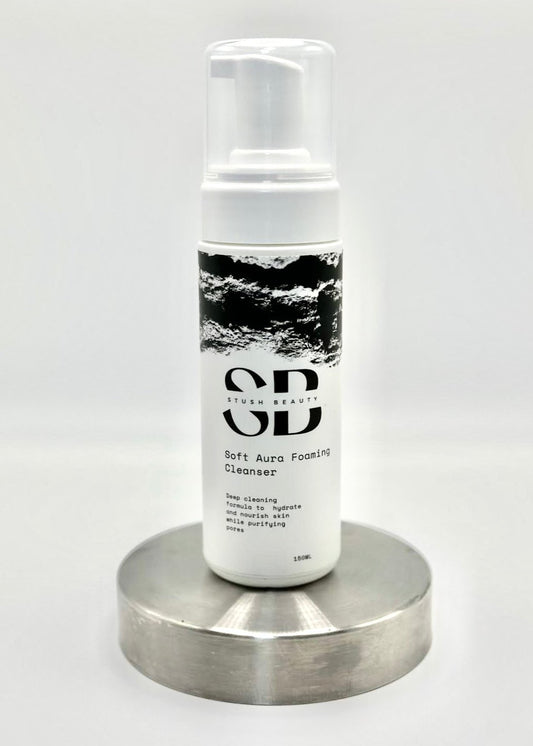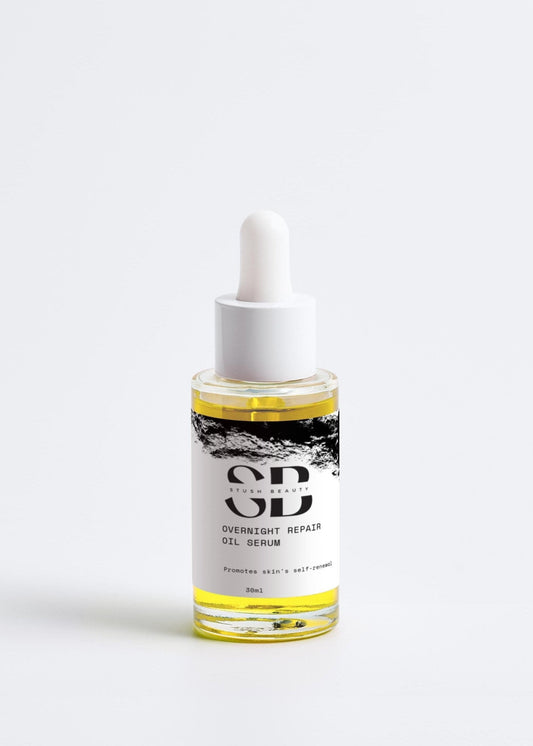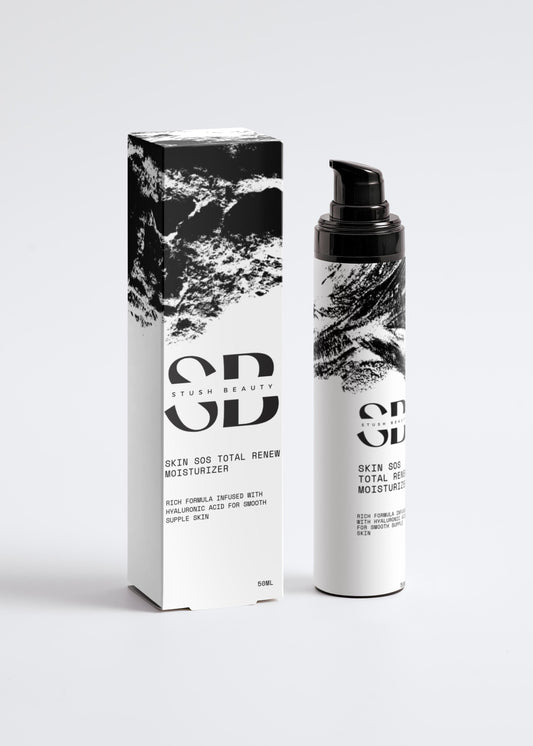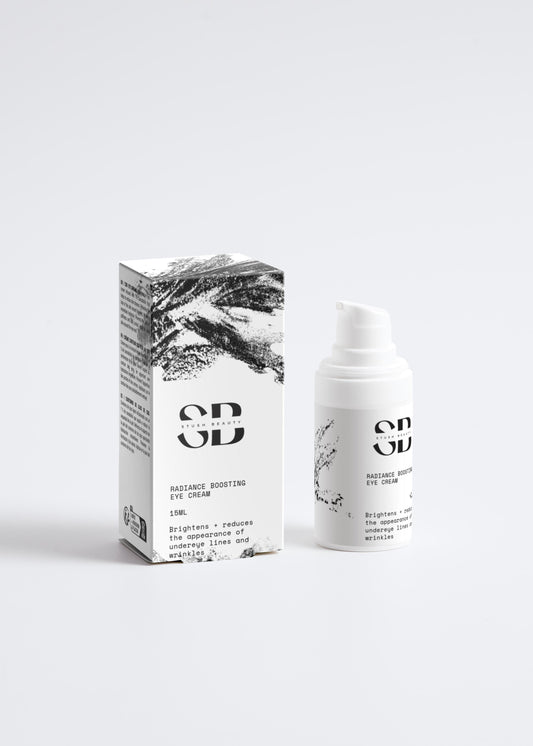There’s something romantic about whipping up a face mask from your pantry, but there’s also comfort in reaching for a well-formulated, tested product. The truth lies somewhere in the middle—you can enjoy simple, safe DIY rituals while also relying on science-backed essentials that protect your skin barrier, microbiome, and long-term glow. This guide offers a clear, melanin-inclusive roadmap to avoid harmful ingredients, understand preservation, navigate regulations, and choose wisely in every season—without losing the joy of skincare.
Why “Clean” Should Also Mean “Proven Safe”
Water plus time equals life—especially for microbes. Any water-based product can grow bacteria, yeast, and mold without a validated preservative system. That’s why dermatologists often see spikes in eyelid eczema, rashes, and breakouts tied to contaminated DIY toners, mists, and masks.
Reputable store-bought formulas go through preservation challenge testing, stability studies, and use protective, often airless packaging to keep products safe and effective for months after opening. Choosing well-tested products isn’t just about convenience—it’s about protecting your skin’s barrier from unnecessary irritation and infection.
What to Avoid in DIY Skincare
Some at-home concoctions are better left on TikTok than on your face. Homemade sunscreen is a hard no—it cannot deliver uniform UV protection, leaving you vulnerable to sun damage and hyperpigmentation. Dermatology groups and the FDA consistently warn against DIY SPF, recommending a broad-spectrum sunscreen from a trusted brand instead.
Highly acidic or alkaline kitchen staples like lemon juice, vinegar, and baking soda can disrupt skin pH, weaken your barrier, and lead to irritation and post-inflammatory hyperpigmentation—especially for melanin-rich skin. Undiluted essential oils, or phototoxic oils like lime and bergamot used in sunlight, can cause chemical burns and severe irritation. Even physical scrubs made from salt, sugar, or coffee grounds can create microtears, redness, and broken capillaries on delicate facial skin.
Finally, avoid unpreserved mists and toners made with water and essential oils. Each spritz can reintroduce microbes into the container, turning a refreshing mist into a bacterial cocktail.
Safe DIY Rituals That Respect Your Barrier
There are ways to keep DIY skincare safe and enjoyable. Oat masks made with colloidal oatmeal and water or yogurt are soothing but should be made fresh and discarded after a single use. Raw honey is naturally antimicrobial and makes a calming 10-minute mask for dry patches. Oil cleansing with non-fragrant oils like squalane or MCT can effectively dissolve sunscreen and makeup—just follow up with a gentle water-based cleanser. A cooled green tea compress applied with clean cotton pads for 5–10 minutes can soothe and de-puff skin, but it should always be made fresh and not stored.
Preservation and Packaging: What Every Skincare Lover Should Know
Water-based products—cleansers, gels, lotions, mists—must be preserved. Without proper preservation, microbes can grow within days, especially in warm, humid bathrooms or in jars that require finger dipping. Safe preservative systems include phenoxyethanol with ethylhexylglycerin, organic acids like sodium benzoate or potassium sorbate at low pH, benzyl alcohol combined with dehydroacetic acid, or multifunctional glycols like caprylyl glycol.
High-allergen preservatives like MI/MCI or formaldehyde-releasing agents (DMDM hydantoin, imidazolidinyl urea) are best avoided, as they increase the risk of irritation. Parabens have received controversy, but short-chain parabens like methyl- and ethyl-paraben are considered low-risk and are far safer than going preservative-free. Packaging also plays a role—airless pumps, opaque tubes, and one-way dispensers minimize contamination, while jars should always be used with a clean spatula and recapped promptly.
How to Vet Store-Bought Formulas
Choose products from reputable brands that provide clear usage directions, batch codes, and a period-after-opening symbol. If you have reactive skin, check ingredient lists for known triggers like formaldehyde releasers, MI/MCI, or high fragrance content. For melanin-rich skin, allergen-light and fragrance-free formulas reduce the risk of post-inflammatory hyperpigmentation. Whenever possible, opt for pump packaging over open jars, and purchase from authorized retailers to avoid counterfeit or contaminated products.
Regulation and Ingredient Trends to Watch
The U.S. Modernization of Cosmetics Regulation Act (MoCRA) now requires facility registration, product listing, safety substantiation, and adverse event reporting, raising the bar for brand accountability. California will ban intentionally added PFAS in 2025, and the EU has begun phasing out microplastics in leave-on products. These changes are leading to safer, more transparent products across the industry.
Adjusting for Season, Skin Type, and Hormones
Skincare is not static. Dry winter air makes skin more reactive, so focus on gentle cleansers, humectants, occlusives, and a humidifier. In hot, humid summers, keep formulas light and sweat-friendly, and avoid phototoxic ingredients. Hormonal shifts during your cycle may require pulling back on strong actives and focusing on barrier repair. Melanin-rich skin heals inflammation with pigment, so gentle, fragrance-free products and tinted SPF with iron oxides help protect and even tone over time.
Navigating Social Media Trends
Some trends are worth embracing—skin cycling, where you rotate between treatment and recovery nights, helps prevent irritation, and slugging can be helpful in dry climates when applied strategically to dry spots (but not acne-prone areas). Others, like using kitchen scrubs, high-pH soaps, or assuming “natural” equals safe, are better skipped.
Diet, Wellness, and Tech to Support Healthy Skin
A strong skin barrier is supported from within. Omega-3-rich foods like salmon, walnuts, and chia seeds, along with antioxidant-rich produce, can improve skin resilience. Reducing high-glycemic foods and switching from skim milk to fermented dairy or alternatives may help calm breakouts. Sleep, stress management, and consistent hydration keep cortisol balanced and inflammation lower.
Modern tech can help, too—AI skin analysis can track changes in pigmentation or texture over time, and ingredient scanner apps can help identify allergens in products. But the gold standard for persistent reactions remains dermatologist-guided patch testing.
A Minimal, Repeatable Routine
Your morning routine can be as simple as a gentle cleanse with Soft Aura Foaming Cleanser ($34.99), a treatment-and-hydration step with Niacinamide + B3 Gel Moisturizer ($54.99), and daily broad-spectrum SPF 30+. In the evening, double cleanse if you’ve worn makeup or sunscreen, choose one treatment step (retinoid, azelaic acid, or bakuchiol), and lock it in with Skin SOS Moisturizer ($48.99).

When DIY Shines and When the Store Is Safer
DIY shines for short-contact, fresh-made rituals like oat masks, honey spot treatments, and green tea compresses—especially when used immediately and safely discarded. Store-bought is safer for water-based products meant for repeated use, like sunscreen, retinoids, vitamin C serums, and eye creams.
The Stush Beauty Edit for a Safe, Serene Ritual
For a safe, effective ritual, Stush Beauty recommends Soft Aura Foaming Cleanser for a gentle cleanse, Niacinamide + B3 Gel Moisturizer for hydration and dark-spot support, and Skin SOS Moisturizer for overnight barrier recovery.
A Calm Conclusion
You don’t have to choose between cozy rituals and clinical results. Keep DIY short-contact and fresh, let store-bought products do the heavy lifting for preservation and protection, and stay consistent with SPF. Listen to your skin as seasons and hormones shift, reduce irritants in leave-ons, and keep your ritual simple and kind. Safety plus simplicity is the recipe for a resilient, glowing routine.




